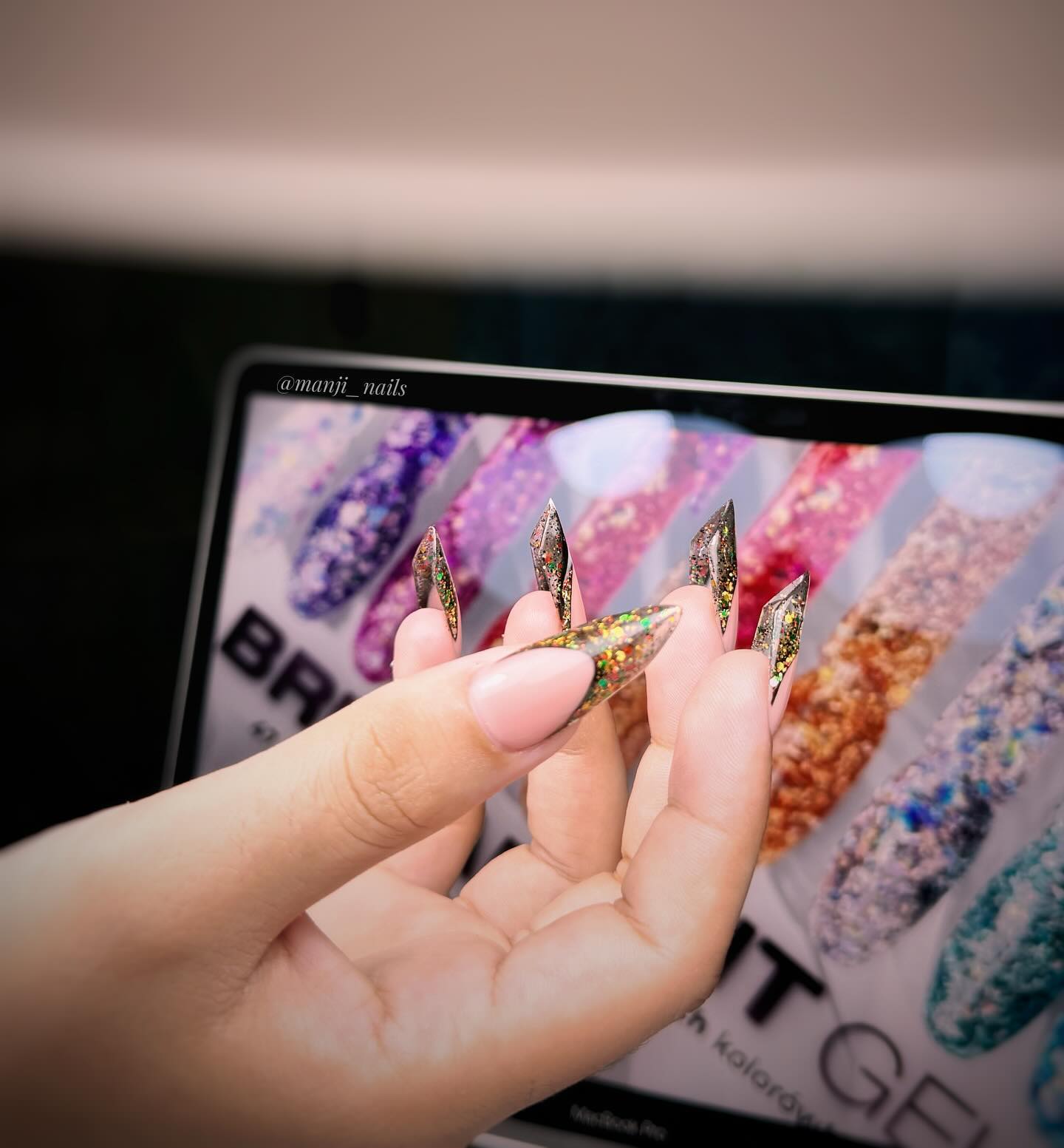Nail art, a timeless form of self-expression through decorative nail designs, boasts a rich history that spans thousands of years. Tracing its origins back to ancient civilizations such as Egypt, China, and Babylon, nail adornment served as a symbol of social status, cultural identity, and even religious significance. Archaeologists have found that China has a history backdating to 5000 BC and Egypt has 3000 BC.
In ancient Egypt, nail embellishment was a common practice among both men and women, with henna being a popular choice for dyeing nails and fingertips. The vibrant colours not only adorned the nails but also held symbolic meanings, reflecting one’s social standing and connection to the divine.
Similarly, in ancient China, nail art was a cherished tradition reserved for the elite class. Women of high status adorned their nails with intricate designs and precious gems, while commoners were prohibited from wearing bright nail colours as it was considered a privilege reserved for royalty.
Moving forward in time, nail adornment continued to evolve, with innovations like nail guards and artificial nails gaining popularity in different parts of the world. In China, during the Ming Dynasty, long nails adorned with gold and silver nail guards became a symbol of wealth and refinement.
The advent of modern nail polish in the early 20th century revolutionized nail art, making it more accessible to the masses. Brands like Cutex and Revlon introduced a wide range of nail lacquers, allowing individuals to experiment with different colours and styles. The popularity of nail polish paved the way for the emergence of nail salons and manicurists, transforming nail care into a lucrative industry.
Throughout the decades, nail art has continued to evolve, influenced by changing trends, cultural movements, and technological advancements. From the psychedelic designs of the 1960s to the bold and extravagant styles of the 1980s, nail art has always been a reflection of the times.
In recent years, nail art has experienced a resurgence in popularity, fueled by social media and celebrity endorsements. Platforms like Instagram and Pinterest have become virtual galleries for nail artists to showcase their creativity and inspire others. Celebrities like Cardi B and Kylie Jenner have helped popularize elaborate nail designs, sparking trends like stiletto nails and chrome finishes.
However, the rise of nail art has also brought attention to issues of cultural appropriation and exploitation within the industry. The association of red nails with status and power harks back to historical class divisions, while the modern nail industry grapples with issues of low wages or salary payment and unethical labour practices.
In response to these challenges, efforts are being made to regulate the nail industry and improve working conditions for nail technicians. Organizations like the Federation of Nail Professionals advocate for fair wages, better training, and ethical practices within the industry.
The COVID-19 pandemic has further underscored the importance of the nail industry and its impact on livelihoods. Nail technicians, many of whom are small business owners, have faced financial hardships due to lockdowns and restrictions. Advocacy efforts to support the beauty sector have highlighted the need for government assistance and recognition of the industry’s contributions to the economy.
Along with the pros and cons of lockdown a new industry has also emerged and now trending in Dubai and major cities in the world as “Home Service Salons”.
Despite these challenges, the love for nail art remains strong, with artists pushing the boundaries of creativity and innovation. Nail salons continue to thrive, offering a wide range of services from classic manicures to avant-garde designs.
Nowadays manicures, nail designs and long nails are considered a symbol of luxury so it’s getting more trending with the new Millenium. So, nail technicians are also at their peak throughout the industry.
In the context of Nepal, the nail technician demand from the Gulf countries is at its peak as the Gulf has all the wealth to showcase their luxury.
In conclusion, nail art is more than just a beauty trend—it’s a form of self-expression with deep historical and cultural roots. Despite facing various challenges, the nail industry continues to evolve and inspire creativity worldwide.
